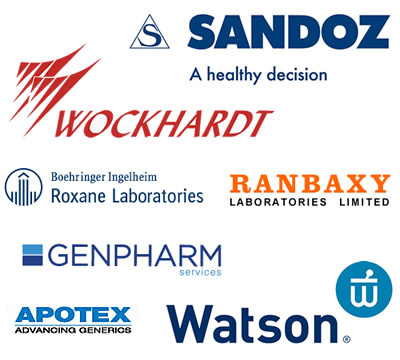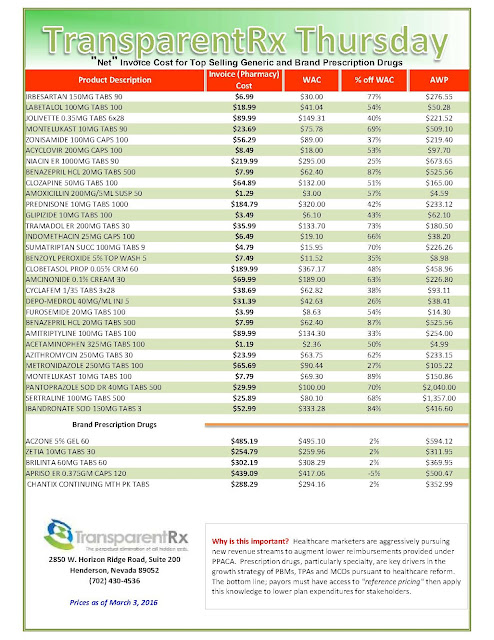Employers testing new ways to rein in specialty drug costs
One of the fastest growing areas of health care costs, specialty drug spending increased 26.5% in 2014 to $124.1 billion and accounted for one-third of total spending on medicine, up from less than a quarter of the total in 2010, according to an April 2015 report by IMS Health Inc.
Specialty drug spending is expected to increase further as costly drugs, many of which treat cancer, enter the market, experts say. According to Express Scripts Holding Co., cancer drugs comprise more than a third of the more than 7,000 drugs awaiting U.S. Food and Drug Administration approval.
When it comes to prescription drug benefit plan design, employers are most concerned with managing the specialty drug trend, at 84%, and reducing inappropriate utilization, at 52%, according to the report released this week by the Plano, Texas-based Pharmacy Benefit Management Institute and sponsored by Walgreen Co. The report is based on a survey of 341 employers.
 |
| [Source: Hot Topics in Health Care Pharmacy Benefits, Mercer] |
The report showed that last year 93% of employers used prior authorization for specialty drugs, down slightly from 97% in 2014; 79% used clinical care management, down from 88%; and 78% used step therapy programs, down from 83%. Additionally, 69% of employers in 2015 limited specialty drug prescriptions to a 30-day supply, down from 72% the previous year.
Employers are also experimenting with newer strategies, including formulary exclusions, specialty drug cost-sharing tiers and value-based pricing models.
With the introduction of the expensive hepatitis C drugs, such as Sovaldi and Harvoni, formulary exclusions for specialty drugs “have become much more front and center,” Sharon Glave Frazee, Plano-based vice president of research and education with PBMI, said in an interview Tuesday at the organization’s 2016 Drug Benefit Conference in Palm Springs, California.
Forty-eight percent of employers reported using formulary exclusions, which means certain drugs are excluded from coverage under the benefit plan, according to the survey. Of those that use them, 46% said they are considering increasing the number of excluded medications. Of the 39% of employers who said they do not use formulary exclusions, 32% said they are considering implementing them, the survey showed.
Meanwhile, more than half of employers — 57% — reported using a separate cost-sharing tier for specialty drugs, the report showed. That’s down from 62% in 2014 and up from 41% in 2013, according to a separate PBMI report. Of the 41% who did not report using a separate tier for specialty medications, 31% planned to do so in the next few years.
Interest in value-based pricing models is also increasing, with 82% of surveyed employers somewhat or very interested in such models.
“If you pay for a lot of drugs that have very little long-term value, it dilutes what’s available for everybody else,” Ms. Frazee said of value-based and indication-based pricing models, which ties pricing to a drug’s effectiveness. “It’s a public health perspective, essentially. You are trying to get the most good for the most people out of a limited pool of dollars.”
“When Sovaldi first came out, nobody was ready, and so you saw people panicking … because they didn’t have the dollars to pay for that,” she said. “The PBMs, the health plans, the consultants and the brokers have really learned from the lesson there” and now budget and make plan design changes in advance “to make sure it has as little of a negative impact on you and on your members” as possible.



